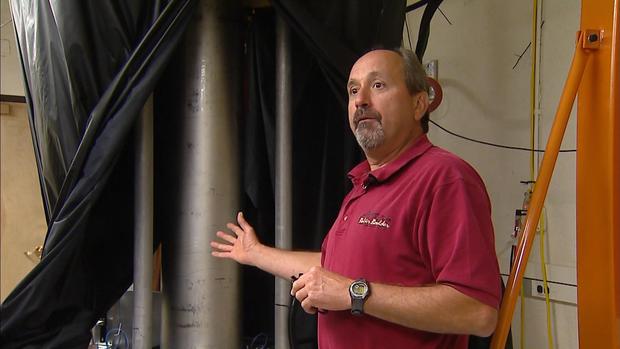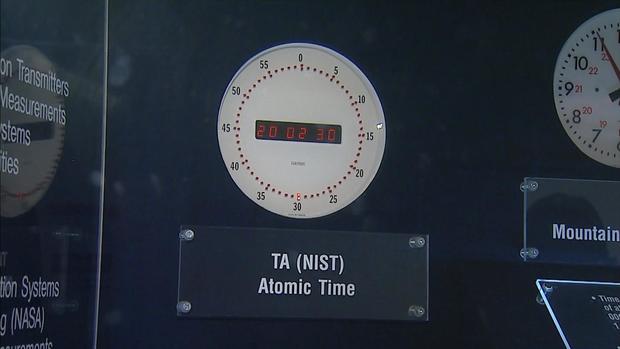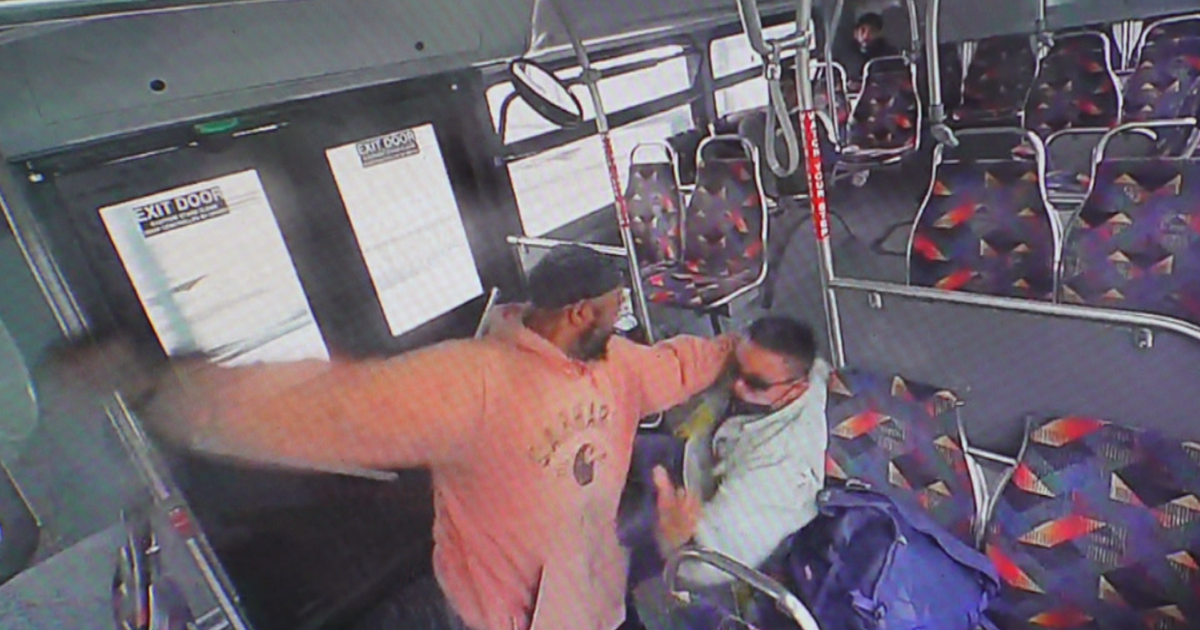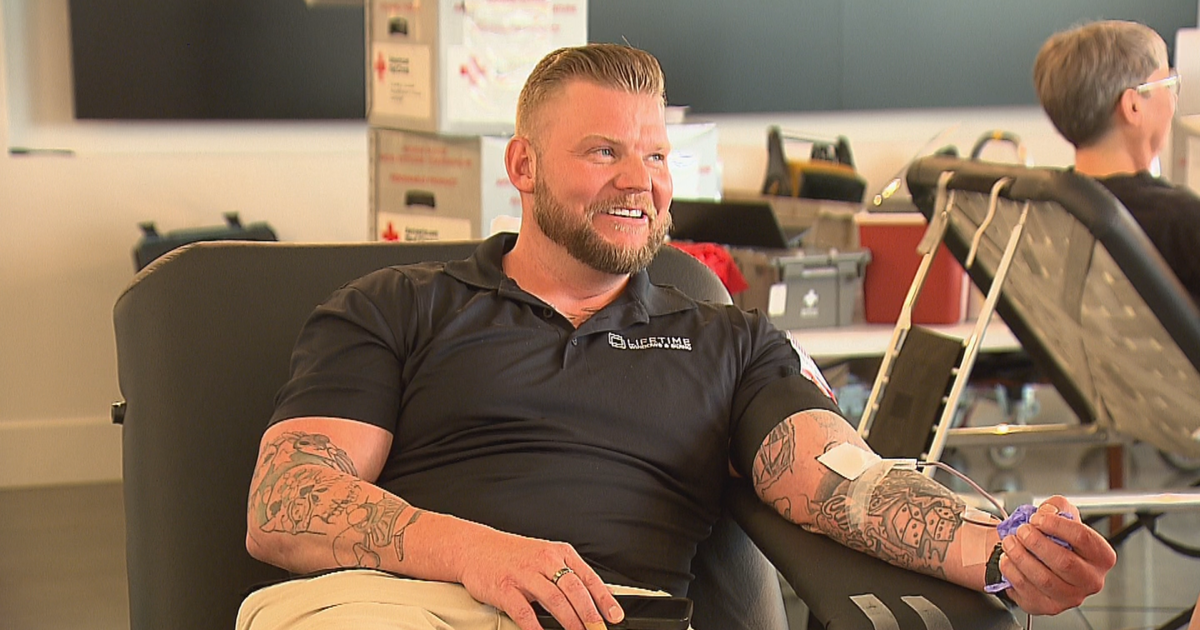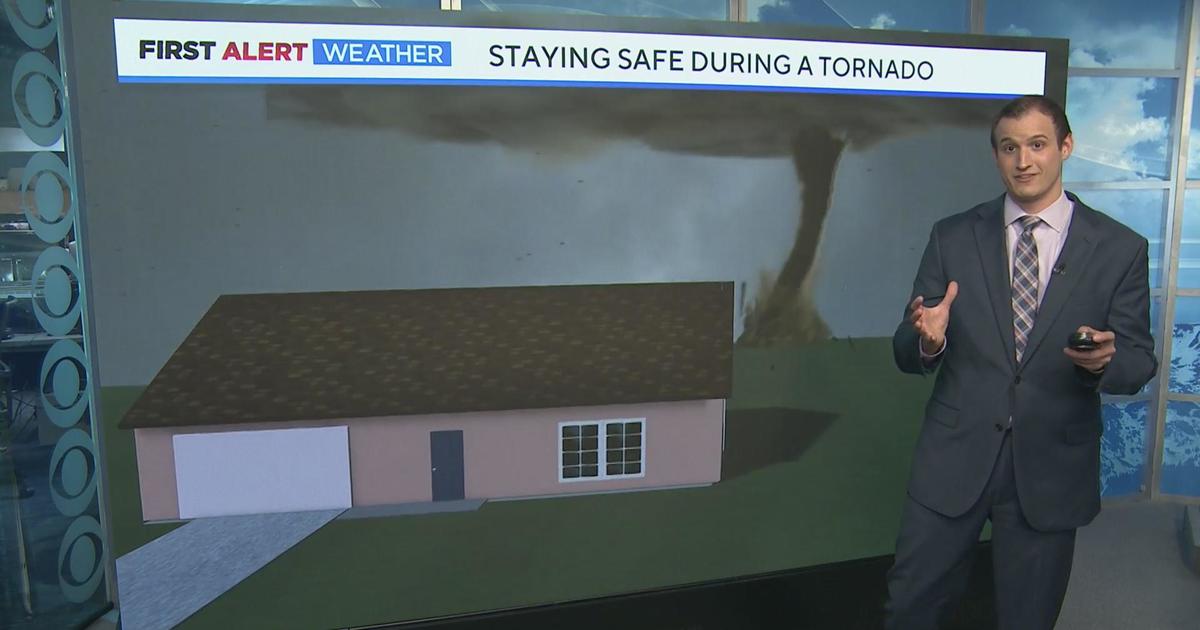'Leap Second' Added To The Day On Tuesday To Keep Things In Sync
BOULDER, Colo. (CBS4) - If this Tuesday seems just a little bit longer, it's because it is. At 6 p.m. a leap second was added to the day.
Analysts have added an extra second all because of atomic clocks like one in Boulder. At the National Institute of Standards and Technology (NIST) in Boulder there is the atomic time and the coordinated universal time -- and they were off just a little bit.
Scientists had to correct the time difference resulting in a leap second.
"The 'one Mississippi' is not quite correct," said John Lowe at NIST.
Lowe is always on time.
"One second is not defined by caesium, by the absorption of that radiation on a caesium atom," Lowe said.
Time defined by NIST's atomic clock -- one of only a handful like it in the world.
Lowe said, "9196312770 cycles of this, we call one second."
Lowe said for centuries humans have used the sun to tell time based on the Earth's axis, which lately has strayed from the atomic time.
"The leap second is an attempt to keep that all in sync," he said.
It happened at 6 p.m. when newer digital clocks did something a little different.
"The counting down the seconds, 57, 58, 59; and instead of going to 00 there will be a 60, so we get on extra second in the day," Lowe said.
The vast majority won't notice, but Lowe said some large communication-based companies have had digital problems in the past.
"Some devices may not be capable of adding that extra second."
That's led to some controversy as critics say it will take thousands of years for any real time disparity to occur.
